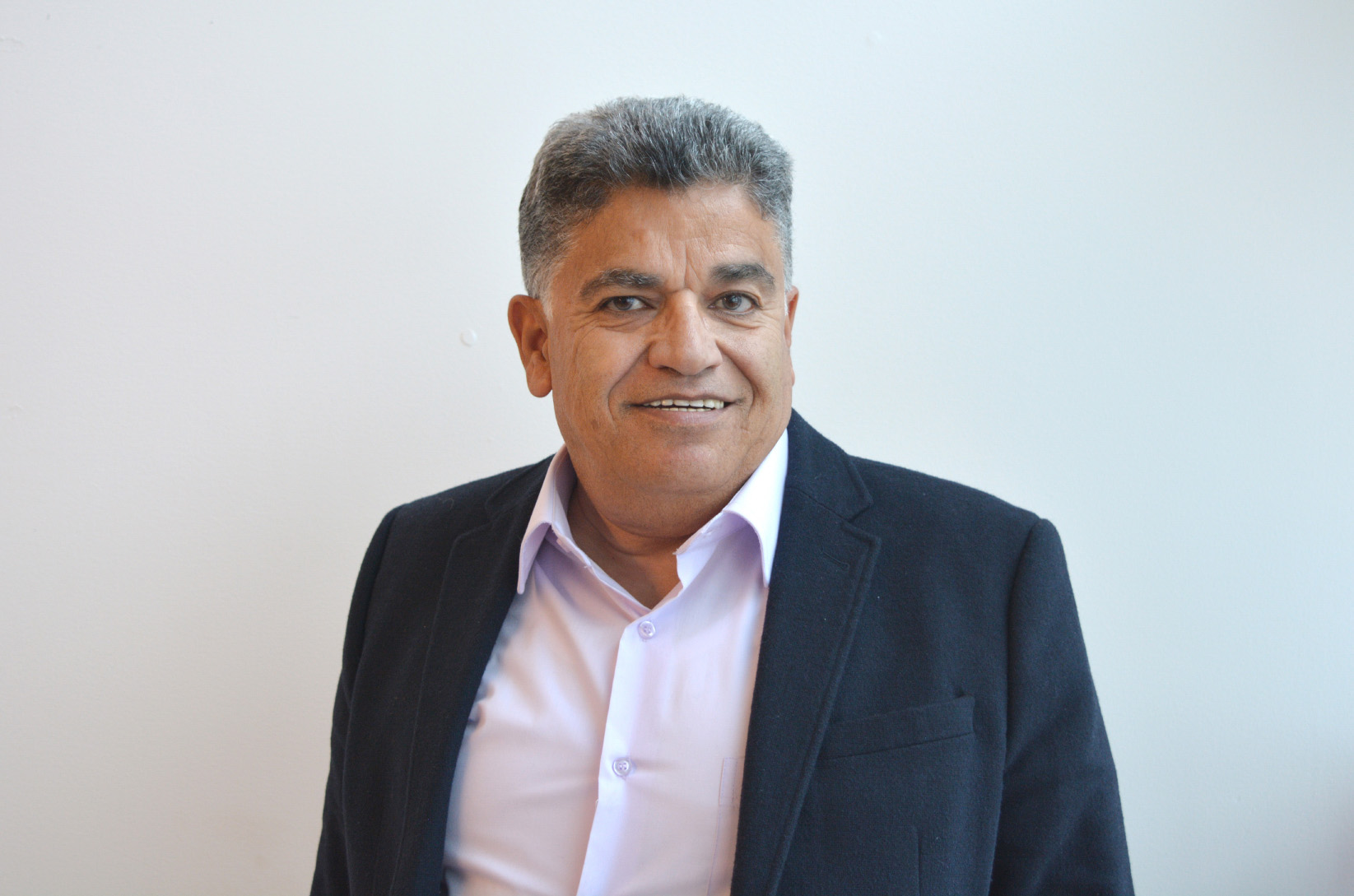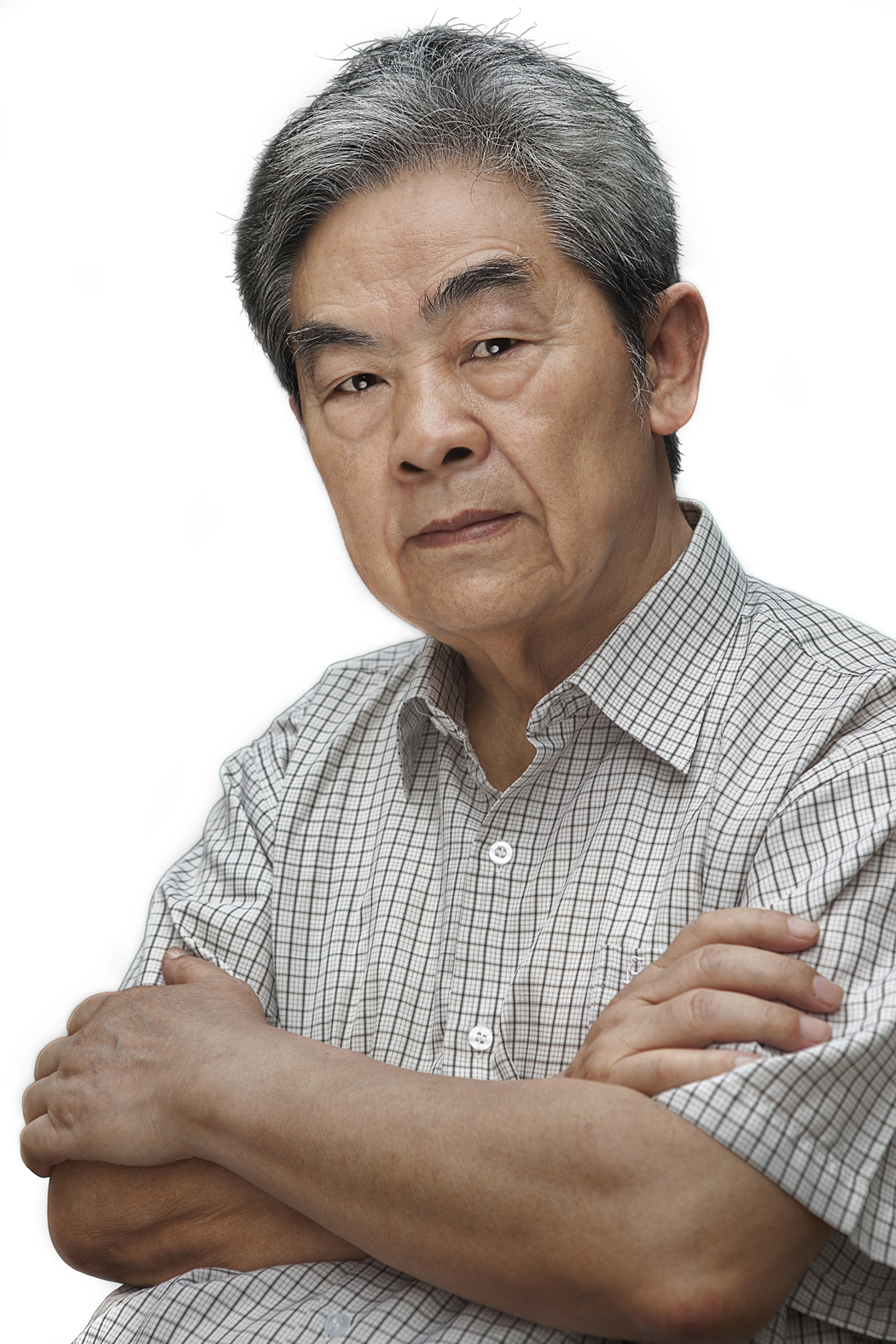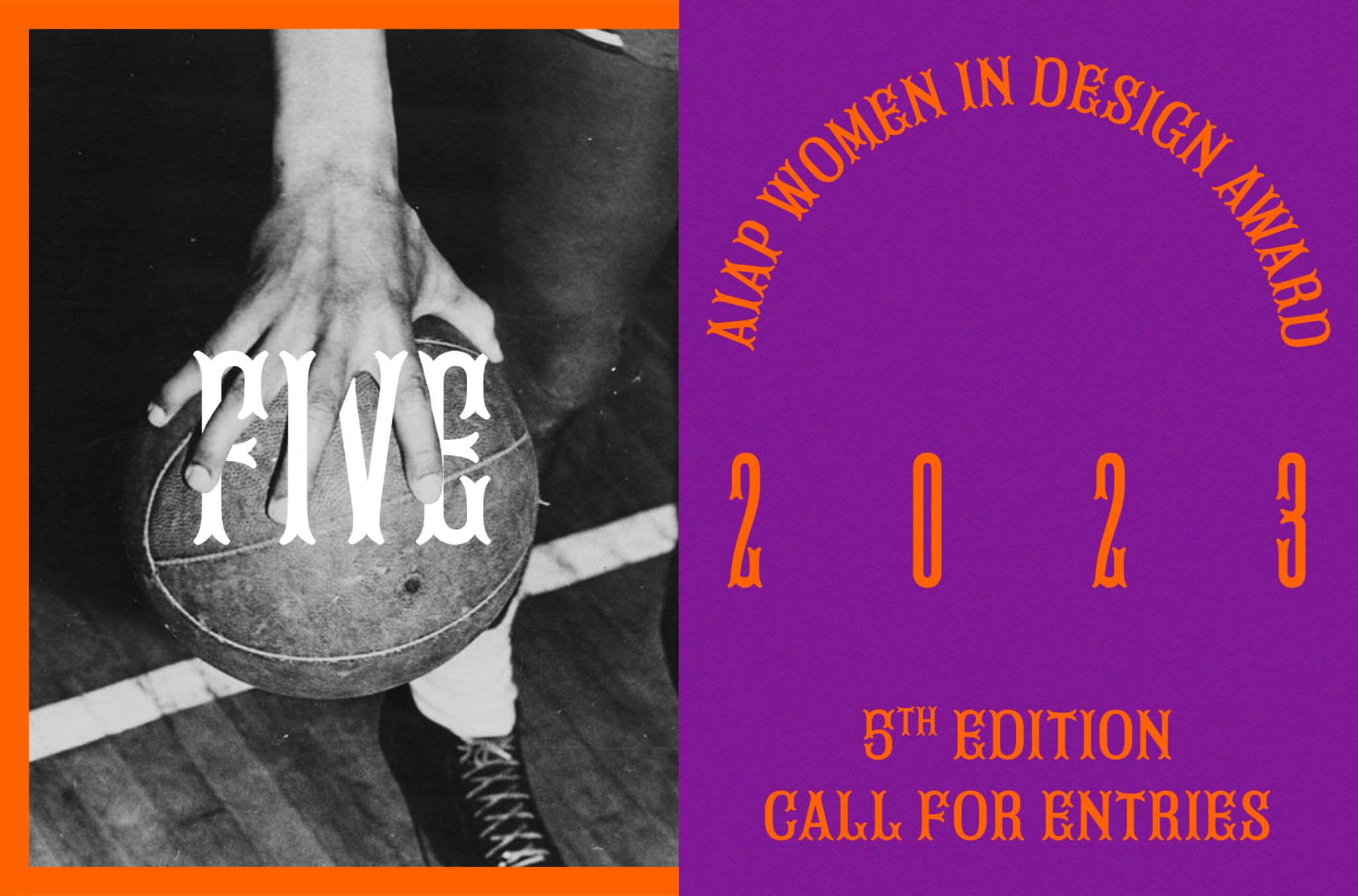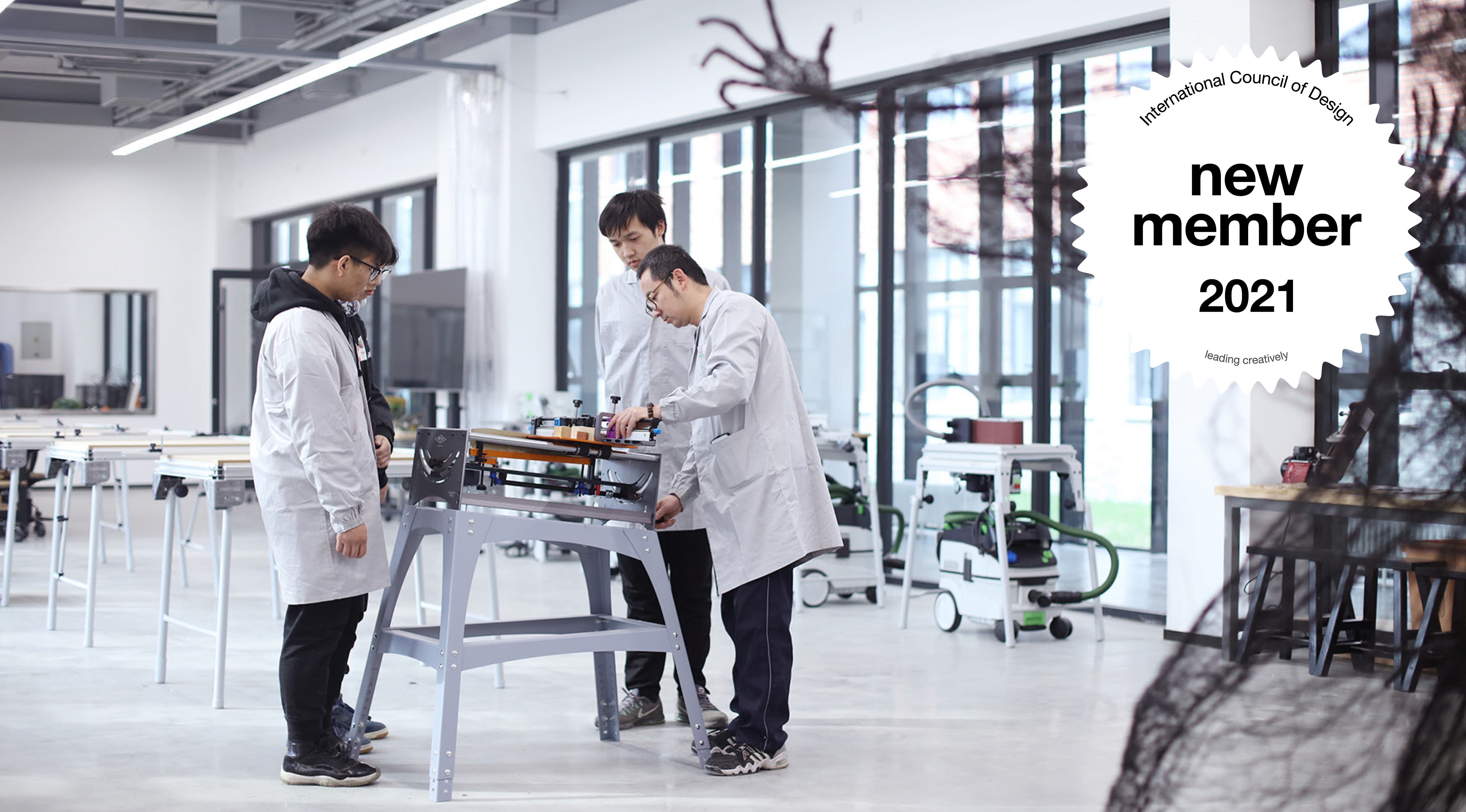Call for papers: Special issue volume 5(2): Expanded practices in communication design, research and education and Open call
![Communication Design: Interdisciplinary and Graphic Design Research [journal]](https://www.theicod.org/storage/app/uploads/public/daf/f11/cf9/thumb__700_1_0_0_auto.jpg)
05.10.2016 News
Call for Papers
Communication Design: Interdisciplinary and Graphic Design Research
Special Issue Volume 5(2): Expanded Practices in Communication Design, Research and Education
We have reached a paradigm shift in communication design. On the one hand, designers have returned to the basics of their craft in the form of letterpress, hand-drawn type and graphic authorship; on the other, digital installations, data visualisation and ‘designed experiences’ are becoming more prominent as discipline boundaries are blurred. As the profession moves into an expanded practice, so too must the ways in which we approach research and its teaching within the academy. This includes all levels of education ranging from Foundation Studies through undergraduate curricula and into postgraduate research training programmes.
At the same time, an increase in government and institutional pressures to engage more readily with Research and Knowledge Exchange and service learning—which integrates meaningful community service with instruction—has also meant a radical rethink in the ways industry and non-profit institution partnerships add value to the student experience. Whilst traditional internship models remain, the shift has been toward the harvesting of new perspectives through collaborative research spaces. Equally this extends to staff and their research, as increased interdisciplinarity (and collaboration with colleagues within the academy and external industry and non-profit partners), is seen to be of benefit.
The Editors of Communication Design are pleased to invite proposals for a special issue of the journal which seeks to focus on two main themes: exploring the expanded practices of communication design and negotiating the new landscape of research and knowledge exchange.
Questions which might be asked:
What is, and how do we understand, a new expanded practice?
What tools are now required for curricula which are future-facing?
What is the role of collaborative learning in communication design education?
Where does knowledge exchange end and research begin?
What new Masters/PhD models are leading in communication design research?
Contributors may also propose alternative questions to address in relationship to the stated themes.
The following types of submissions are welcome:
Academic research papers (4500-8000 words)
From the Archives (1000-1500 words)
Visual Essays (4-6 pages)
Book, exhibition, report reviews (500-800 words)
All submissions must adhere to journal guidelines found under ‘instruction for authors’: http://www.tandfonline.com/toc/rfcd20/current
Deadlines
Full paper submission: 28 February 2017
Peer-review to be completed: 31 April 2017
Journal into final production: July 2017
Publication November 2017
If you would like to discuss a proposal or you have any queries please direct these to the Editors: communicationdesign@ico-d.org
For submitting papers (from October 2016), please log onto Editorial Manager: http://www.edmgr.com/rfcd/default.aspx
__
Editor-in-Chief
Teal Triggs, Royal College of Art, UK
Editors
Leslie Atzmon, Eastern Michigan University, USA
Kyle Hyunsuk Kim, Hongik University, South Korea
Paul J. Nini, The Ohio State University, USA
Karel van der Waarde, Graphic Design Research, Belgium
__
Communication Design is the official publication of ico-D (The International Council of Design)
An international, peer-reviewed publication which aims to develop and critically examine the emerging discourses in research related to contemporary communication and graphic design practice, education and methods as well as their history, theory and criticism.
![Communication Design: Interdisciplinary and Graphic Design Research [journal]](/storage/app/media/news-archive/2016-10-05/call-for-papers-special-issue-volume-52-expanded-practices-in-communication-design-research-and-education-and-open-call.jpg)
relatedarticles

in memoriam: essam abu awad (1958-2021)

in memoriam: yu bingnan (1933–2020)


